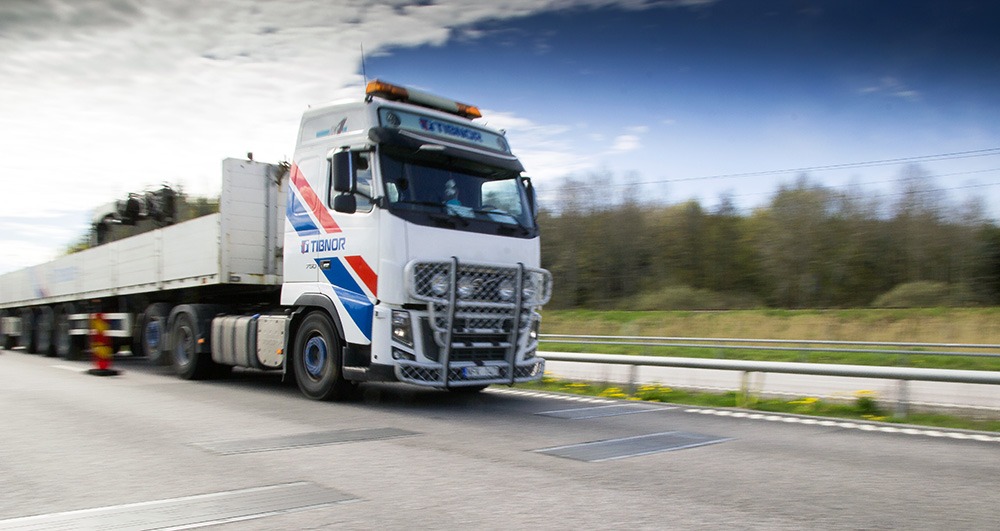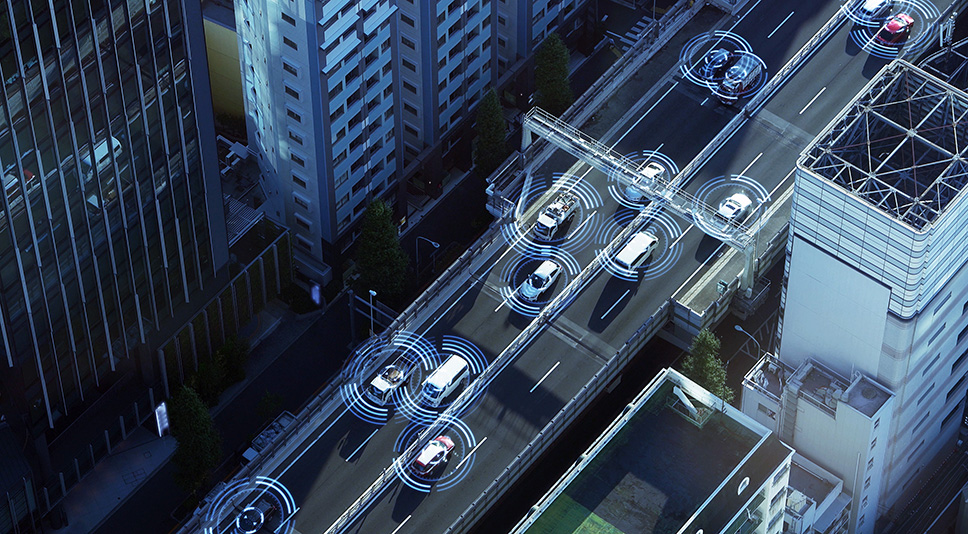In the post-pandemic period, money for capital and infrastructure projects is going to be very tight and we cannot afford — in all senses of the word — poorly targeted spending. The aim must be to derive maximum operational effectiveness and value for money.
This means that we need to understand the performance characteristics of the different types of sensor technologies, in order to see the contributions they can make and how they interrelate. We also need to appreciate the continuing relevance of many already-deployed systems and why they must continue to be supported.
We have already seen a shift in some instances from in-pavement monitoring solutions to above-ground and at-the-roadside systems that are non-intrusive.
Non-intrusive systems offer some significant advantages. Although the individual sensor systems may be more expensive than their in-pavement counterparts, initial set-up and through-life costs are lower. Installation can take place with often minimal civil engineering, less expense and little or no interruption to traffic operations. Maintenance can also be a less disruptive and costly affair, with improved safety for road users and operatives alike.
The current disruptors in the traffic-monitoring space are in-vehicle systems and travelers’ smart devices that provide crowd-sourced data streams.

Mobile devices provide crowd-sourced traffic data
From a roads authority point of view these offer even greater benefits, with little or no financial outlay relating to sensor acquisition, installation, maintenance or end-of-life disposal. In some parts of the world, data from these systems is effectively free. In others, a subscription fee paid to an information service provider (such as an automotive, telecommunications or specialist traffic data company) is all that is required to acquire good-quality real-time traffic and traveler data.
From a pure cost perspective, it would appear that there is a clear linear progression from in-ground to non-intrusive to in-vehicle/personal device-driven data.
From an application/performance perspective, however, the reality is less straightforward.
In many instances, in-pavement and non-intrusive technologies very much complement each other. This has been so for years and will continue for many more yet, because the different solutions offer particular strengths or advantages.
No-one can deny the versatility and usefulness of vision-based systems. A vision system can provide instant understanding of events at an incident scene, for instance, whereas the use of loops alone will often leave much to be inferred until first responders can get eyes-on. On the other hand, even the best-quality camera cannot match the all-weather performance of loops. It will struggle with the thickest of fog or blizzard conditions, whereas a loop will continue to provide accurate data which support numerous traffic and safety-related applications.

Loops require in-road installation but ensure reliability and all-weather performance
Nor should there be any doubt that in-vehicle systems and personal devices are and will be a very useful adjunct to what we have now. Technology solutions carried by vehicles and individuals will be able to provide some very detailed information about their statuses, intentions and surroundings. However, they will not be able to immediately replace existing sensor systems for all applications.
In-ground sensors, for instance, remain the only way of determining total and axle weights for all vehicles — whether at weigh stations or in live lanes.
Accurate vehicle weight/axle measurement will continue to be a vital tool in terms of maintaining safety and combatting undue pavement wear and damage.
Preserving infrastructure and getting the most from it in terms of longevity have long been the goals of roads authorities used to trying to deliver safe mobility conditions on constrained budgets. But, as we look to recover economically from the impact of the Covid-19 pandemic, already cash-starved roads and local authorities are going to see funding become even more scarce — or, be expected to make the same levels of funding stretch a lot further.
Ensuring the best-possible returns on investment is going to become increasingly important, and there are two parts to this: one is gaining the most from (literally) sunk costs; the other is continuing to appreciate that any new road-builds have to incorporate the necessary levels of technology, and that trying to make economies in the initial investment will cost more in the longer term.
Much can be done to reduce recurring costs, however.
Properly installed and maintained loop and other in-ground sensors can offer many years of service. By providing highly accurate vehicle classification and loading information, they make a direct contribution to roads authorities’ ability to proactively manage their infrastructure and traffic operations. Where interventions are necessarily reactive, far better-informed decisions are made possible.
Advances in connectivity are making performance monitoring and maintenance much easier. Whether communications are via permanent fiber connections or wireless, the opportunity now exists to monitor and manage multiple Weigh In Motion (WIM) sensors from a central location.
Sensors can be checked regularly to ensure that they are operable and staying within calibration limits. In many cases, any necessary remedial work can be carried out without the need for field visits.
This saves time and money and, most importantly, increases workforce and road user safety. It also, in a pandemic environment, removes the need for a significant number of unnecessary trips and helps to control potential infection.
From an operations perspective, centralized monitoring achieves numerous positive results. Data from individual WIM sensors can continue to be considered discretely, for localized applications such as direct enforcement. It can also make a contribution to the wider traffic and mobility picture — because they generate very detailed information at precise locations, WIM sensors can provide a ground-truth reference for the more basic crowd-sourced data from a much larger geographical area.

WIM sensor loading data is crucial to road preservation
In reality, in-ground, non-intrusive and crowd-sourced data solutions are going to continue to coexist, satisfying particular needs yet ultimately providing a complete and holistic view of the traffic on our transportation networks.
The extension of this is that we cannot let existing technology fall into decline in order to ‘save’ money. Nor can we afford to build any more un-instrumented roads. The need to maintain and improve safety and the travel experience compels us to do things up to a quality and not down to a cost.
Back



